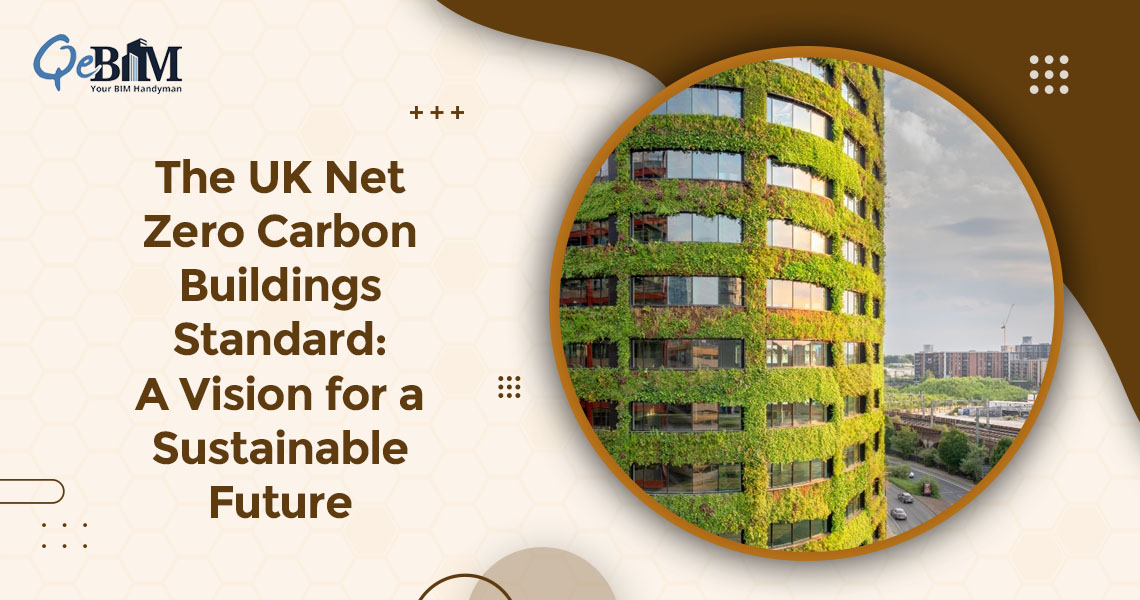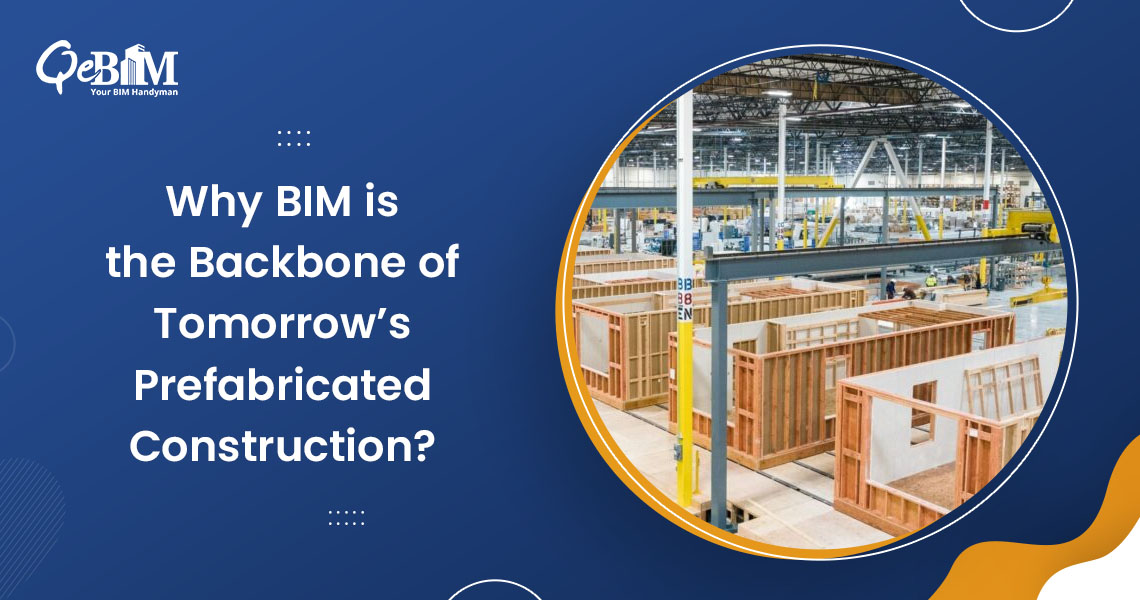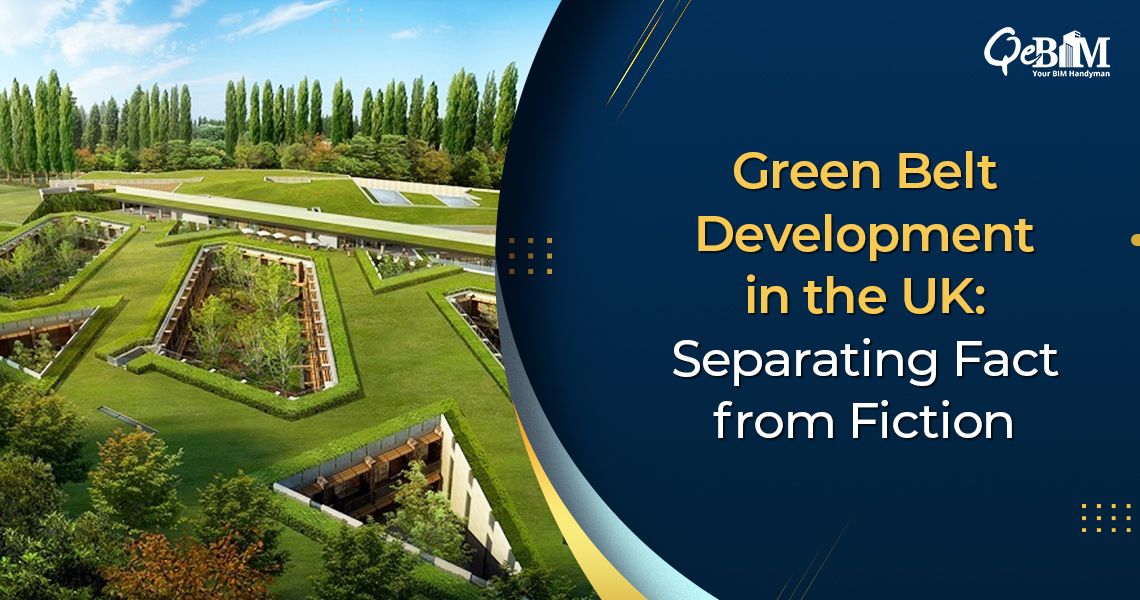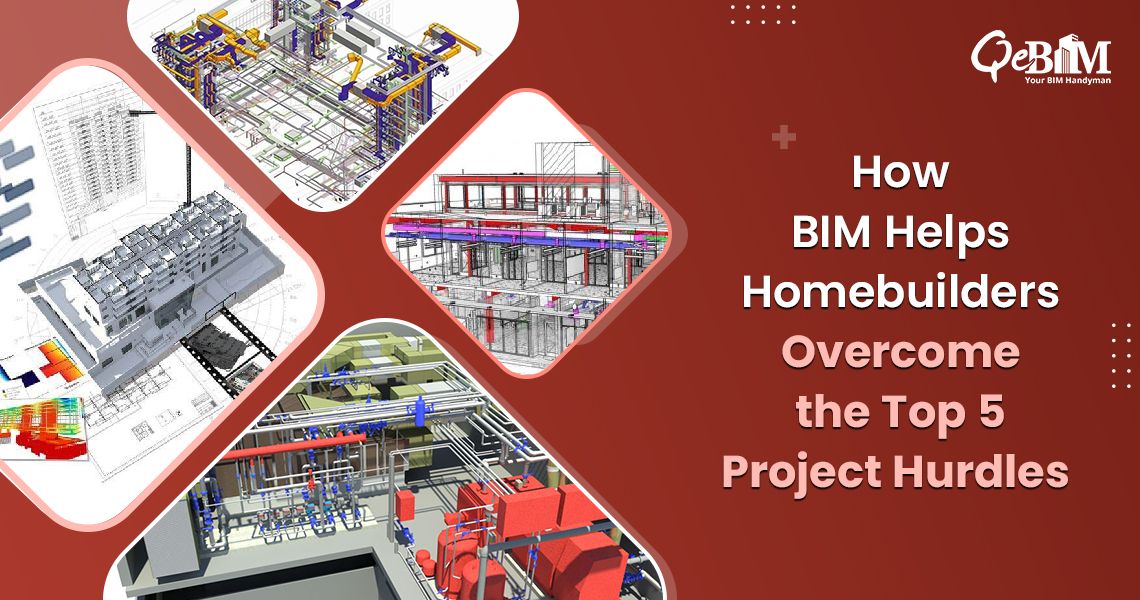Introduction:
As the world confronts the urgent realities of the climate change, the built environment is being called upon to reduce its carbon emissions and adopt more sustainable practices. The UK government’s commitment to achieving the net-zero carbon emissions by 2050 has inspired a range of initiatives including the UK Net Zero Carbon Buildings Standard. This progressive framework is designed to guide the construction, renovation as well as the operations of buildings in a way that aligns well with the national and global goals for environmental sustainability.
The Net Zero Carbon Buildings Standard plays a crucial role in creating a sustainable future focusing on the reduction of carbon emissions associated with the buildings. From energy-efficient designs to the use of low-carbon materials and the renewable energy solutions, this standard sets the direction for the built environment to contribute meaningfully to the fight against the climatic change.
What does the UK Net Zero Carbon Buildings Standard entail?
The UK Net Zero Carbon Buildings Standard is a benchmark for ensuring that new and existing buildings attain net-zero carbon emissions throughout their entire lifecycle. It addresses carbon emissions in two main areas:
- Operational Carbon Emissions: This pertains to the emissions generated from the daily operations of a building such as heating, cooling, lighting and other energy-intensive activities.
- Embodied Carbon Emissions: These are the emissions that arise from the materials and construction processes used to build or renovate a building.
By focusing on both operational as well as the embodied carbon emissions, this standard offers a holistic approach towards sustainability. It requires buildings to not only be energy-efficient but also to utilize low-carbon or carbon-neutral materials thereby minimizing the environmental impact from their very inception.
Through careful Sustainably & Energy Analysis, this standard ensures that the buildings can achieve maximum efficiency in both energy use and the carbon reduction.
Core Aspects of the Net Zero Carbon Buildings Standard:
- Energy Efficiency: The standard emphasizes more towards the importance of reducing the energy demand through efficient building designs. This includes improved insulation, optimized heating and cooling systems and the energy-efficient lighting solutions. By minimizing the energy consumption, the buildings can reduce their reliance on the fossil fuels and lower their carbon footprint.
- Use of Renewable Energy: Buildings are encouraged to adopt renewable energy solutions like wind turbines, geothermal energy systems, Hydropower systems or air-source heat pumps. This not only helps in reducing the operational carbon emissions but also contributes to the broader goal of achieving a low-carbon energy system.
- Low-Carbon and Sustainable Materials: This standard prioritizes the use of low-carbon materials like sustainably sourced timber, bamboo, recycled steel/aluminium, straw bales and low-carbon concrete. These materials help reduce the embodied carbon emissions of a building ultimately addressing the environmental impact from the construction activities.
- Science-Led Approach:
A defining feature of the standard is its science-led methodology, ensuring that it aligns with the UK’s broader climate objectives. The framework is based on enabling the UK built environment to stay within its share of the national carbon and energy budgets, which are critical for meeting the UK’s carbon targets. This approach is guided by the 1.5°C trajectory set by the Paris Agreement, ensuring that the built environment contributes proportionately to global climate action. - Monitoring and Performance: One of the standout features of the UK Net Zero Carbon Buildings Standard is its emphasis on the performance monitoring. Buildings must be equipped with the systems that monitors the energy use, carbon emissions and other key sustainability metrics thereby ensuring that they continue to meet the requirements of the standard throughout their lifecycle.
- Adaptation to Climate Change: This standard also encourages the buildings to be adaptable to changing climate conditions. This encompasses designing buildings to resist severe weather conditions, higher temperatures, and other climate-driven obstacles.
Why is the UK Net Zero Carbon Buildings Standard Important?
The built environment is a key contributor to global carbon emissions. In the UK, the buildings contributes to around 40% of the nation’s total carbon footprint, with operational carbon making up the largest share. As part of its long-term strategy to achieve net-zero carbon emissions by 2050, the UK government has set ambitious targets to decarbonize the built environment. The Net Zero Carbon Buildings Standard provides a clear framework for achieving these goals.
- Contributing to National Climate Goals: By aligning the building sector with the national climate objectives, this standard supports the UK’s overall strategy for achieving the net-zero emissions. It sets measurable targets that ensures that the buildings are not just compliant but actively working towards the carbon neutrality.
- Environmental Benefits: The reduction in the carbon emissions from the buildings will contribute directly to the fighting of climatic changes. Lower carbon emissions will reduce the strain on the natural resources as well as help to preserve the biodiversity and improve the overall air quality.
- Economic and Social Benefits: The sustainable buildings typically lead to long-term savings in terms of operational costs due to energy-efficient designs and the integration of renewable energy systems. Moreover, they help to future-proof the investments thereby ensuring that the buildings remain viable as well as cost-effective even if the energy prices rises and the climate regulations tightens.
Socially, this standard promotes the healthier living and working environments. High-quality, energy-efficient buildings improves the occupant’s well-being by offering better air quality, thermal comfort and lighting conditions.
Challenges and Considerations for Implementation:
While the UK Net Zero Carbon Buildings Standard offers a comprehensive approach towards the sustainability, its implementation is not without challenges:
- Cost Implications: One of the primary concerns with meeting the standard is the initial cost of incorporating the low-carbon materials as well as the renewable energy systems. However, these costs can be the offset by the long-term savings in terms of the energy and maintenance costs.
- Lack of Skilled Workforce: The transition to net-zero buildings requires specialized knowledge in sustainable construction techniques and energy-efficient design. To meet the standard’s demands, upskilling the workforce could be essential.
- Retrofit Challenges: Existing buildings present a unique challenge. Retrofitting older buildings to meet net-zero standards requires significant investment and may face technical constraints, particularly in relation to building structure, materials, and energy systems.
The Future of Net Zero Carbon Buildings in the UK:
The UK Net Zero Carbon Buildings Standard is not just a set of guidelines but a vision for the future of the built environment. As building technologies evolve, the standard will continue to adapt, pushing the boundaries of sustainability. The integration of smart technologies, more efficient energy storage solutions, and innovative building materials will further enhance the standard’s impact.
Moreover, the BIM Services will play a pivotal role in making the vision of net-zero carbon buildings a reality. Through advanced BIM Modeling, the architects, engineers and contractors can collaborate more effectively thereby optimizing the designs to meet the sustainability goals. BIM allows for the simulation of energy performance making it possible to analyze energy consumption as well as the carbon emissions before even the construction begins thereby ensuring that the buildings adhere to the Net Zero Carbon Buildings Standard from day one.
Furthermore, the broader adoption of this standard across the building industry will foster a culture of sustainability, inspiring global leaders and developers to follow suit. The UK can emerge as a model for others, proving that achieving a net-zero carbon future is not only feasible but essential.
Conclusion:
The UK Net Zero Carbon Buildings Standard is a bold and visionary framework that aims to redefine how we design, construct and operate the buildings. By prioritizing energy efficiency, renewable energy, low-carbon materials and performance monitoring, the standard lays the foundation for a future-proof, sustainable and robust built environment.
As the UK moves closer to its 2050 carbon-neutral target, the Net Zero Carbon Buildings Standard will be a critical tool in achieving this ambitious goal. For architects, engineers, developers as well as the stakeholders, understanding and incorporating this standard is not only necessary for regulatory compliance but also for contributing to a healthier planet.





